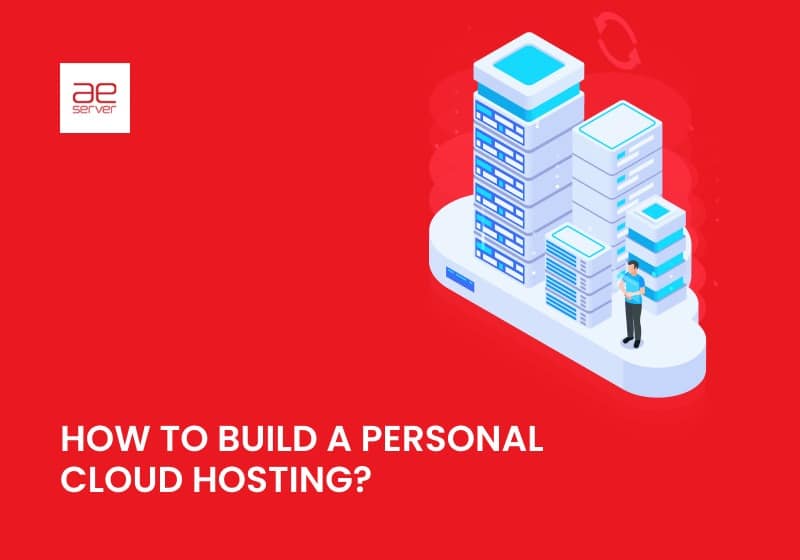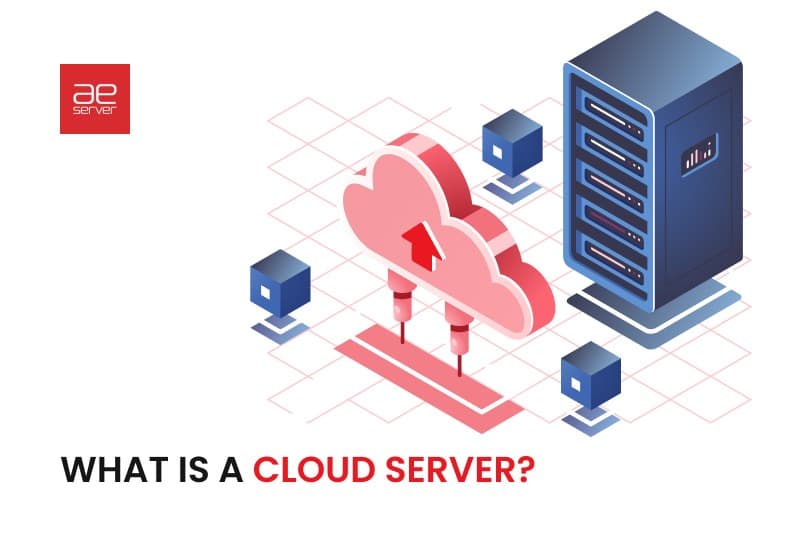
Virtual Servers vs. Physical servers
Are you confronted with the decision of opting for either virtual or physical servers? It becomes imperative to conduct evaluations tailored to your specific requirements and objectives. Physical servers are tangible hardware units. They have earned a reputation for their strong performance and unwavering reliability. They prove to be particularly well-suited for industries that demand stringent security measures. It’s important to note that they come with a higher initial investment and exhibit limitations for scalability.
On the flip side, virtual servers operate within a virtualized environment. They offer a plethora of advantages, such as:
- resource efficiency,
- scalability,
- agility.
This makes them an appealing choice for organizations. Especially for those looking for a cost-effective solution through hardware consolidation. It’s worth mentioning that virtual servers do entail ongoing management and licensing expenses. In your decision-making process, you should weigh the factors of performance, costs and flexibility. Virtual servers shine when it comes to efficient allocation of resources and adaptability to changing needs.
Virtual Servers: Advantages and Characteristics
Virtual servers are commonly referred to as virtual machines (VMs). They initiated a deep transformation in the field of management and deployment of IT infrastructure in organizations. These versatile elements offer many advantages and demonstrate unique characteristics. It has become indispensable in the evolution of computing.
Virtual servers have revolutionized the way organizations operate. It enables them to allocate and manage resources efficiently. They provide flexibility, allowing for easy scalability, as demands fluctuate, reducing the need for physical hardware investments. This adaptability enhances cost-effectiveness and agility, which are vital in today’s fast-paced business environment.
Moreover, virtual servers enhance disaster recovery capabilities. Snapshots and backups can be easily created and restored. They also promote resource consolidation, optimizing hardware utilization, and reducing energy consumption. Security is bolstered through isolation, reducing the risk of breaches and data loss.
In essence, virtual servers have become a linchpin in modern IT strategies. They are offering a dynamic, efficient, and secure foundation for the digital age.
The Advantages of Virtual Servers
Virtual servers, also known as virtual machines (VMs), offer numerous benefits. That have reshaped IT infrastructure management:
| Advantage | Description |
| Cost-Effective Management | Reduces initial capital investments, simplifies administration, and streamlines operational expenses. |
| Versatile Scalability | Easily adapts to evolving workloads, ensuring rapid responsiveness to changing business demands. |
| Robust Isolation | Ensures that issues in one VM don’t affect others, enhancing both security and stability. |
| Efficient Backup and Recovery | Simplifies backup and recovery, reducing downtime and enhancing system resilience. |
| Precise Resource Management | Enables careful allocation of CPU, RAM. Essential components for peak application performance and efficiency. |
H3: Characteristics of Virtual Servers
Virtualization relies on essential components for efficient management of virtual machines (VMs).
| Key Component | Description |
| Hypervisor | Software or hardware intermediary layer (e.g., VMware vSphere, Microsoft Hyper-V, KVM). |
| Live Migration | Seamless VM transfer between hosts for load balancing and maintenance. |
| Snapshotting | Virtual machine snapshots for backup, recovery, and testing. |
| Management Tools | Tools provided by hypervisor vendors for provisioning, monitoring, and configuration. |
| Resource Overcommitment | Allocating more resources than physical capacity, assuming not all VMs need maximum resources. |
Physical servers: Advantages and Characteristics
In the vast landscape of IT infrastructure, the bedrock of physical server hardware stands firm. It serves as an unchanging cornerstone for data management and application hosting. Even as virtualization continues its ascent, cloud computing becomes omnipresent. Physical servers continue to boast unique strengths and characteristics that set them apart. They are making them indispensable to a multitude of organizations. So, we embark on a journey to uncover physical servers’ exclusive advantages and defining qualities. Shedding light on their lasting importance in the ever-evolving tapestry of modern technology.
Our journey seeks to unveil the exclusive advantages and defining qualities that distinguishes physical servers. Let’s delve into their lasting importance within the ever-evolving landscape of modern technology. We will shed light on their resilience and relevance in a rapidly changing digital world. These steadfast servers continue to provide vital support. Bridging the gap between traditional infrastructure and the cutting-edge innovations of today’s IT landscape.
Advantages of Physical Servers
Here’s a concise table summarizing the advantages of using physical servers:
| Advantages | Description |
| Performance Assurance | Ideal for resource-intensive applications like databases and real-time analytics. |
| Enhanced Security | Provides a higher level of security. By not sharing resources with other virtual instances. |
| Total Control | Offers complete control for tailored hardware, software, and security configurations |
| Compliance Alignment | Eases compliance with stringent industry regulations, particularly in healthcare and finance. |
| Budget Predictability | Enables predictable budget planning for hardware, maintenance, and power expenses. |
| Legacy Compatibility | Supports legacy applications and systems, ensuring smooth operation without compatibility issues. |
Characteristics of Physical Servers
Physical servers have distinct characteristics that set them apart from virtualized environments. Here’s a brief overview:
| Characteristic | Description |
| Tangible Hardware | Composed of physical components such as CPUs, RAM, hard drives, and network interfaces. |
| Single-Tenancy | Typically run a single operating system instance, ensuring resource isolation. |
| Scalability Challenges | Scaling up may be complex, often requiring new hardware procurement. |
| Maintenance Requirements | Regular hardware maintenance, firmware updates, and security measures are necessary. |
| Physical Footprint | Occupy physical space in data centers, necessitating space management and cooling considerations. |
| Longevity | Tend to have longer lifespans compared to virtual servers, reducing hardware replacement frequency. |
What is a Virtual Machine
What is a virtual machine? VM stands as a digital replica of a server designed to support the concurrent operation of OS. Applications running on a solitary physical machine find themselves in the company of virtual entities. They skillfully hide the tangible hardware elements of a physical server. They change these components into a collection of self-contained and closed domains, each standing proudly as an independent computational entity.
Here are some distinct characteristics of virtual machines. That makes them indispensable in today’s technology landscape:
- Strong Segregation. Virtual machines provide strong isolation. Ensuring that any disturbances or issues within one VM are contained. Guaranteeing the integrity and stability of others.
- Adaptive Compatibility. VMs can seamlessly accommodate a variety of operating systems. Serving as the chameleons of the computing world. Effortlessly supporting diverse software ecosystems and facilitating rigorous testing.
- Snapshot Magic. With the capability to create snapshots for backup virtual machines offer a magical form of data preservation. And they can smoothly migrate from one environment to another. With minimal disruption, resembling mystical travelers between dimensions.
- Cost-Efficiency. By utilizing virtual machines, organizations tap into a trove of cost-efficiency. Reducing redundant infrastructure and operational costs, just like a nimble financial advisor.
- Cloud-Powered Expansion. Cloud service providers extend the appeal of virtual machines to the digital realm. Offering them as tools for scalability and resource management, guiding businesses on their journey.
- Pioneers of the IT Revolution. Virtual machines serve as the cornerstone of the IT revolution. Reshaping resource utilization, scalability, and management paradigms in the modern data centers and cloud environments. They are the often-overlooked heroes of the digital realm. Transforming it into a realm of boundless possibilities.
Factors Influencing the Choice
The decision between virtual servers and physical servers is pivotal for businesses, and is influenced by several key factors:
- Resource Optimization. Virtual servers excel at efficiently allocating resources. It is by running multiple virtual machines (VMs) on a single physical server. This optimizes hardware utilization. Also, it reduces costs and energy consumption compared to dedicated physical servers.
- Scalability Advantage. Virtual servers offer superior scalability. They enable the swift provisioning or decommissioning of VMs as required. This flexibility is particularly beneficial for businesses dealing with fluctuating workloads.
- Cost-Effective Solution. Virtual servers are often cost-effective. This is due to shared hardware resources, lower initial capital expenditure, and reduced maintenance expenses. All compared to managing a fleet of physical servers.
- Enhanced Redundancy and Availability. Virtualization technologies make it easy to implement redundancy and high-availability configurations. It enhances system reliability and minimizes downtime.
- Streamlined Management and Maintenance. Physical servers demand more hands-on management, including hardware maintenance and upgrades. Virtual servers simplify these tasks and allow for centralized management.
- Security Considerations. Virtual servers can be secure when configured correctly. However, some organizations with specific security requirements may favor physical servers to maintain greater control over physical access.
- Performance Consideration. Virtual environments may experience resource contention, potentially impacting performance. Physical servers may be the preferred choice for resource-intensive applications requiring consistent performance.
- Compliance Requirements. Certain industries and regulations may mandate data storage on dedicated physical servers. It’s to meet compliance requirements.
Conclusion
The choice between virtual and physical servers ultimately depends on many factors. Encompassing performance demands, financial limitations, and adaptability prerequisites. When organizations face this crucial decision, they must thoroughly assess their circumstances. A hybrid approach that harmonizes physical and virtual servers is often used. It can provide a comprehensive solution. Magnifying benefits and addressing the ever-evolving flexibility requirements of the modern IT environment.



